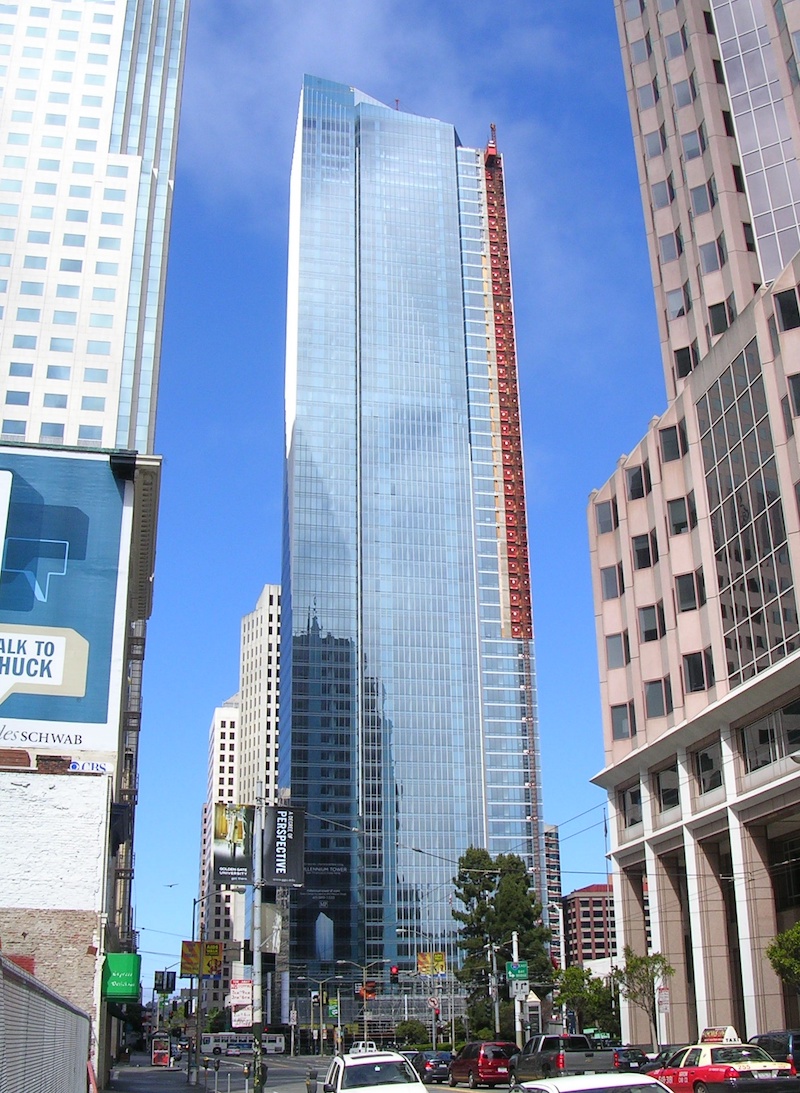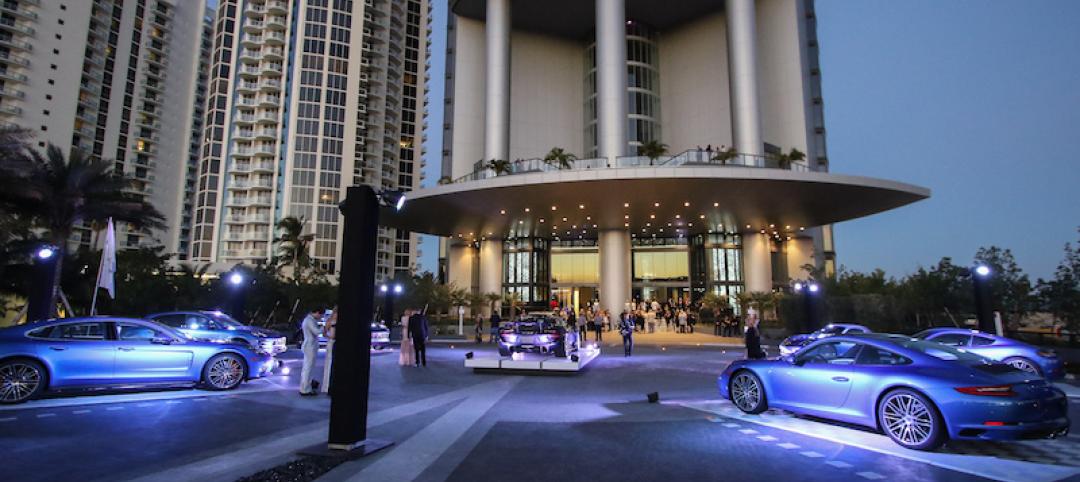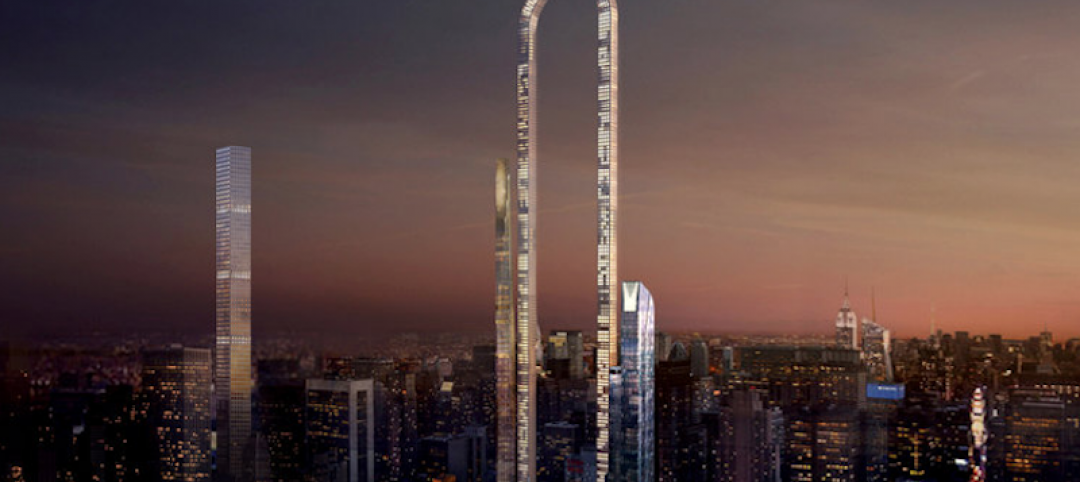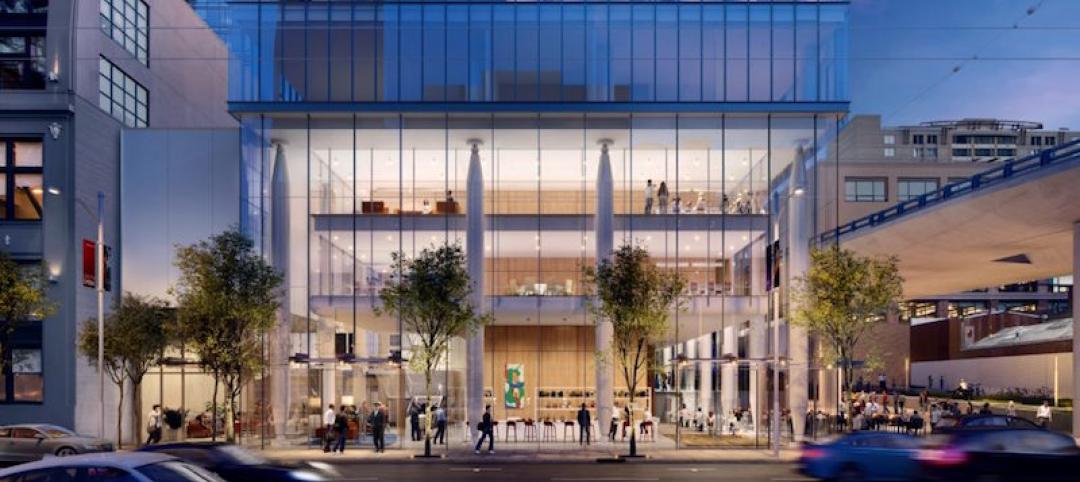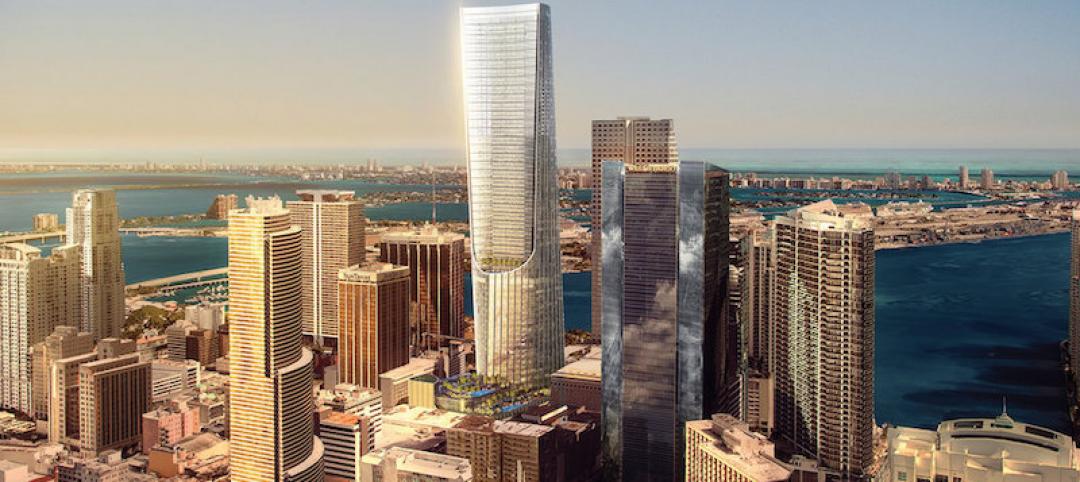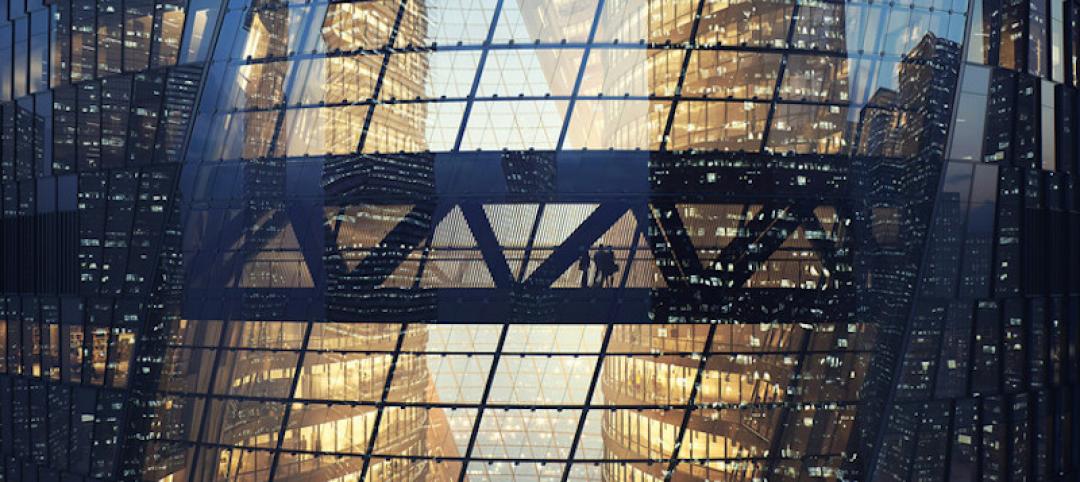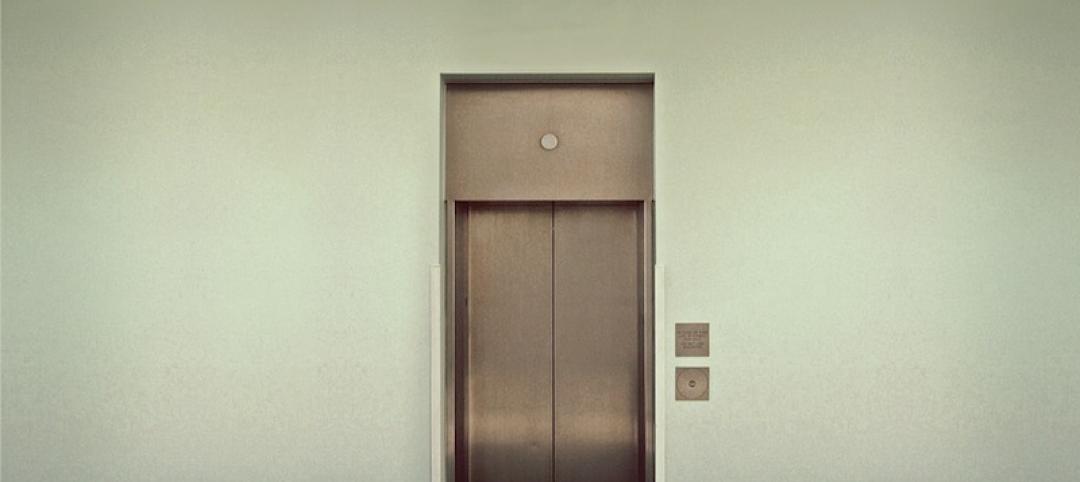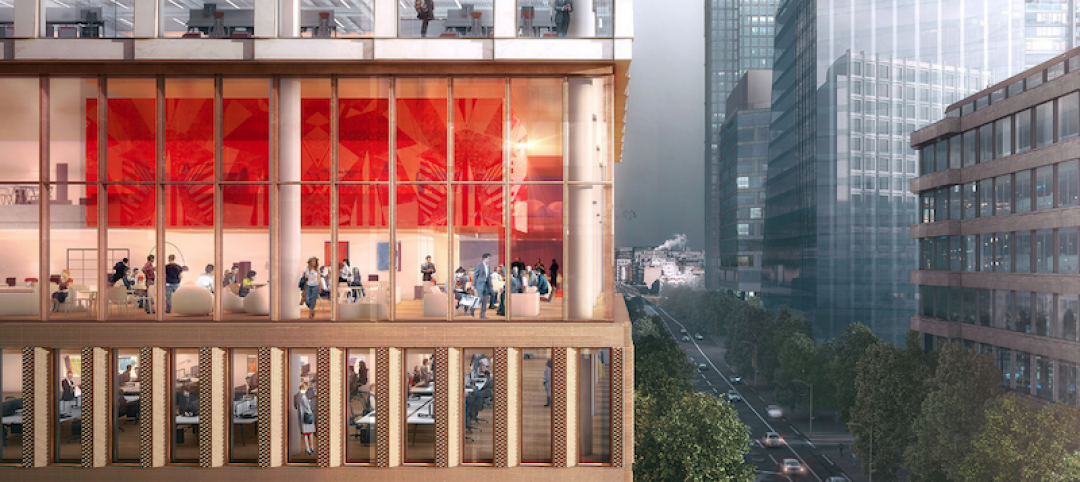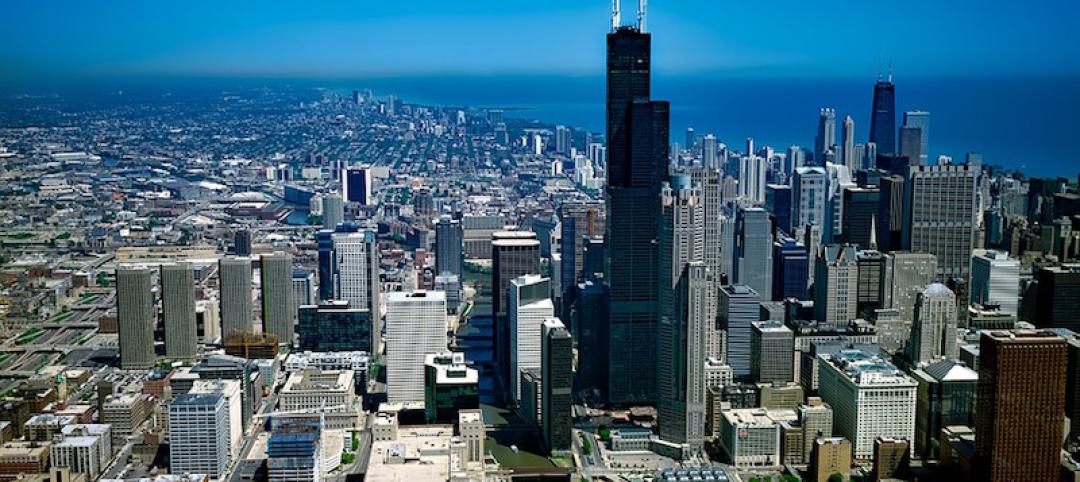When residents of San Francisco’s Millennium Tower plunked down the cash (sometimes as much as $10 million) to live the 58-story building, they were probably expecting their new home to be packed with amenities and luxuries to make their lives as easy as possible. But the odds are, what they weren’t expecting was the need to question whether or not their new living arrangements were safe. But that is exactly what many residents are beginning to do after the tower has sunk 16 inches since its completion in 2009. The tower has also tilted by two inches at the base and about 6 inches at the top.
According to sanfrancisco.cbslocal.com, a spokesman for Millennium Partners, the building’s developer, says some sinking was expected, but the 16 inches is almost three times more than what was originally predicted. Even so, the spokesman says the seismic performance has not been affected and the leaning and sinking does not represent a safety risk.
Millennium Partners is blaming the issue on the Transbay Joint Powers Authority, saying the construction of their new rail terminal is to blame. To build the terminal, Transbay dug a 60-foot hole to create a dry construction site and pumped out millions of gallons of groundwater, which compressed and weakened the soil under Millennium Tower.
Transbay Joint Powers Authority, however, is pointing the finger back at Millennium Partners, saying the building had already sunk 10 inches before construction on the terminal even began. They say the real reason for the issue is due to Millennium Partners cutting corners to save money. Instead of driving piles about 200 feet down into bedrock, they were instead driven 60 to 90 feet down into dense sand. The transit authority released a statement saying the building would not be tilting today if it had been anchored to bedrock.
Millennium Partners spokesman says the building was built correctly and other buildings in the area, such as the Intercontinental and St. Regis hotels, have similar foundations.
While safety is a major concern to residents, many are also worried about the issue affecting property values. To this point, the cracks that have appeared in the walls due to the building settling have all appeared in the parking garage, and no damage has occurred to any of the units.
*Update* (Feb. 6, 2017)
Over the past few months, things have certainly not gotten any better for the ailing tower or its frsutrated residents. According to experts that have continued to do site inspections, Millennium Tower is still safe to live in, but that hasn't stopped a group of more than 20 residents from filing multiple lawsuits against Millennium Partners, the City of San Francisco, and the Transbay Joint Powers Authority (TJPA).
According to the Denver Post, the 20 or so residents, who collectively paid around $75 million for their condos, allege that Millennium Partners knew the building had sunk 8.3 inches into the ground as early as 2009, just one year after the building was completed. Furthermore, they believe Millennium Partners hid the building’s faulty structure from buyers, saying the city’s administrators also helped to conceal the engineering flaws. Both Millennium Partners and the city deny the allegations.
The TJPA has also been named in the residents’ suit due to the construction of the new rail terminal. If the TJPA is found to be at fault, San Francisco taxpayers may find themselves on the hook for covering the building’s repair costs. The TJPA has also denied the allegations.
Another development has arisen that may add to the collective headache of Millennium Tower residents. As the Denver Post reports, Millennium Partners is insured to cover around $100 million in damages caused by settlement or construction defects with the policy split among several insurers. The building’s architect, structural engineer, and general contractor hold ancillary policies worth another $50 million to $100 million. The problem is, rectifying the problems plaguing the ailing tower could cost much more than that amount.
And if that isn’t bad enough, the coverage may not even be available under the liability policy. There is a possibility coverage has been voided by the flaws in the building.
As the building continues to lean and responsibility for the failure continues to get passed around, any possible solutions for Millennium Tower grow more and more complicated.
Related Stories
High-rise Construction | Mar 22, 2017
Porsche Design Tower is, unsurprisingly, a car lover’s dream
The idea behind the residential tower was to provide residents with a full single family home in the sky, complete with a private garage and pool.
High-rise Construction | Mar 20, 2017
The world’s longest skyscraper
As supertall skyscrapers continue to pop up around NYC, an architecture firm based in New York and Athens asks, ‘What if we substituted height with length?’
High-rise Construction | Mar 3, 2017
Detroit's tallest tower to rise at site of former J.L Hudson's Department Store
SHoP Architects and Hamilton Anderson Associates will design the 52-story building.
Mixed-Use | Mar 1, 2017
New hotel and residential tower coming to San Francisco’s Transbay neighborhood
The ground-up development will feature 255 hotel rooms and 69 residential units.
Mixed-Use | Feb 27, 2017
Tallest tower in Miami to begin construction in January 2019
The tower will reach a height of 1,049 feet, the maximum height permitted by the FAA in Miami.
High-rise Construction | Feb 17, 2017
What makes a supertall tower super?
As new technologies fuel the race to build higher, three primal drivers simultaneously enable progress and keep it in check.
High-rise Construction | Feb 17, 2017
Zaha Hadid Architects-designed building to have the world’s tallest atrium
A 190-meter atrium will rise the full height of the building between two twisting sections.
High-rise Construction | Feb 8, 2017
Shanghai Tower nabs three world records for its elevators
The second tallest building in the world is officially home to the world’s fastest elevator, the tallest elevator in a building, and the fastest double-deck elevator.
Office Buildings | Feb 8, 2017
London office building employs transitional forms to mediate between the varied heights of surrounding buildings
Friars Bridge Court will provide a transition between the unvarying height of the buildings to the south and the more varied heights of the northern buildings.
High-rise Construction | Feb 6, 2017
Flexing their vanity muscles: Some of the world’s tallest buildings have hundreds of feet of non-occupiable space
The amount of the Burj Khalifa’s height that is non-occupiable is taller than most skyscrapers.


